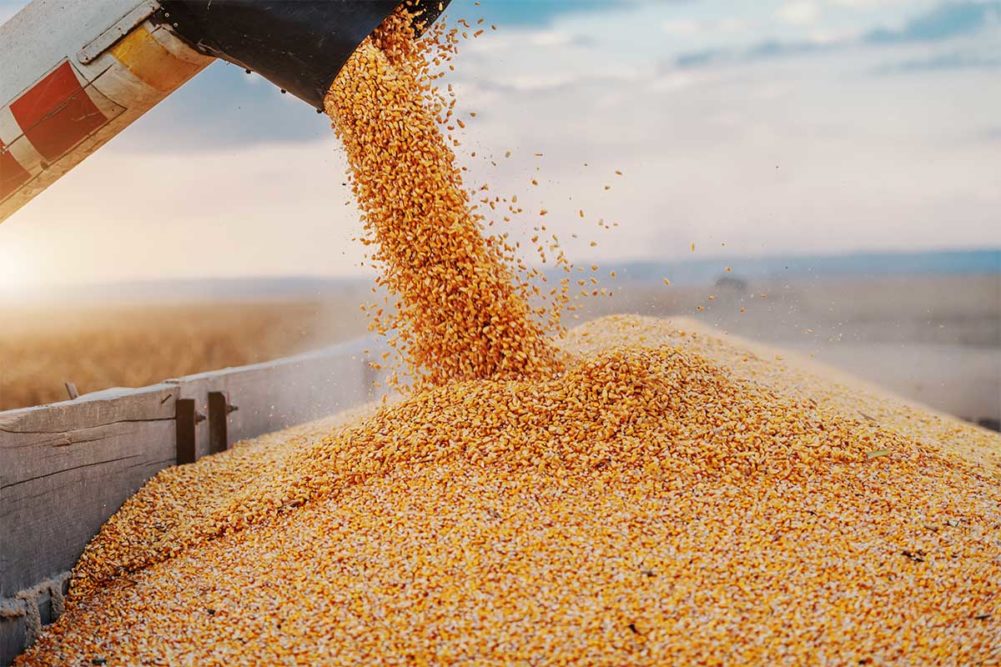LEXINGTON, KY. — Weather conditions across the United States in 2023 posed a range of mycotoxin risks for corn products, the most-used farm and mill-based ingredient in dog and cat food by volume. According to Alltech, which maintains a comprehensive mycotoxin management platform benefitting farmers, food and animal feed producers across the country, drought conditions combined with high rainfall have resulted in increased risk for certain mycotoxins.
While aflatoxin is most often tested for pet food ingredients, deoxynivalenol, ochratoxin, zearalenone and fumonisin also pose a risk to the safety of dog and cat food. Through the analysis of 418 crop samples taken between Aug. 30 and Nov. 16 from coast to coast, Alltech determined overall mycotoxin risk for corn grain and silage was lower in 2023 compared to recent years, but “pockets of higher risk” remain for some regions.
This testing showed that mycotoxin risk was down overall in the upper Midwest region and up in the eastern United States, particularly for deoxynivalenol.
“Drought in the Southwest and the Western Corn Belt created distinct fumonisin risks in this region, while further eastward, late season rainfall created ideal conditions for Fusarium toxins, such as type B trichothecenes, to flourish,” explained Max Hawkins, Ph.D., technical support manager with Alltech’s mycotoxin management team.
Higher mycotoxin risk is projected in the East and Midwest, particularly for Fusarium and deoxynivalenol. In Iowa, Alltech observed a “surprisingly high risk of aflatoxin B1,” as well as the presence of Penicillium in grain products.
According to the analysis of 190 corn grain samples taken between Sept. 5 and Nov. 21, 2023, the average mycotoxin level per sample was 4.4, and 87% of samples contained multiple mycotoxins. Alltech broke this risk down by species, including pets, to determine roughly 48.4% of samples that would impact dog and cat food were considered low risk, 18.4% were considered moderate risk, and 33.2% were considered high risk.
Most corn entered storage at roughly 14% moisture in 2023, according to Alltech, but it will still be crucial to test for and monitor mycotoxin levels once they are removed from storage, as “ingredients will rarely be in better condition than when they are harvested,” Hawkins said. Alltech advised animal feed producers to test corn silage for mycotoxin levels every 60 to 90 days to stay on top of risk fluctuation.
Read more from 2023 Alltech’s US Harvest Analysis Report.
Read more about pet food safety.



